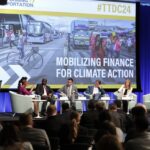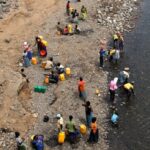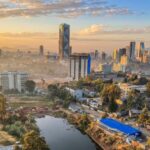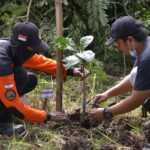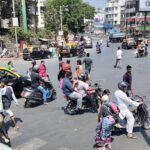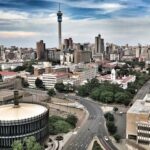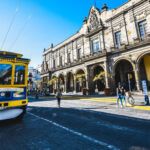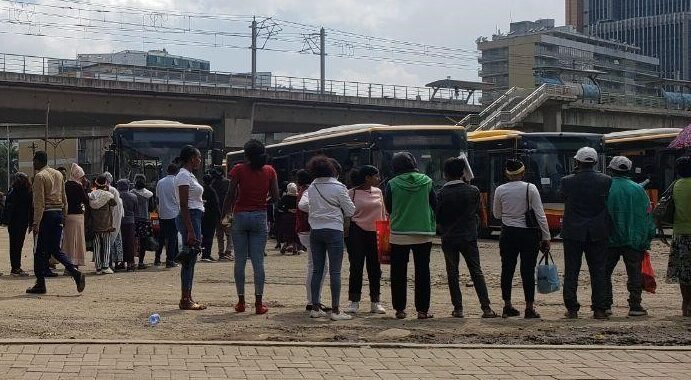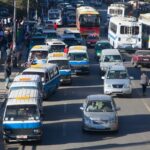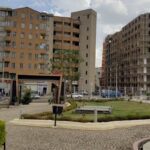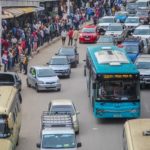Posts tagged with 'Ethiopia'
If a picture can tell a whole story, then the image below of an intersection in Dar es Salaam, Tanzania, shows the past, present and future of global transformation in the transport sector. During Transforming Transportation 2024, which focused on ...

In Africa, as elsewhere, advances in computing power, data storage, and sensor and satellite technologies have unleashed unprecedented opportunities but also challenges. The mobile phone has become a powerful tool for generating vast amounts of data. This data can, in ...

As cities become more congested, traffic fatalities continue to rise and the impacts of climate change escalate, the need for sustainable and safe transportation solutions has reached a critical juncture. The World Health Organization reports an alarming statistic: 186,300 children ...

New data from WRI’s Aqueduct Water Risk Atlas show that 25 countries — housing one-quarter of the global population — face extremely high water stress each year, regularly using up almost their entire available water supply. And at least 50% of the ...

Climate change is impacting cities and their residents in many profound ways, from poor air quality to flooding to biodiversity loss and extreme heat. Now, with the help of a new tool, select cities can access localized, integrated data to ...

Many people point to forest restoration as a way to curb climate change, where replanted forests sequester carbon in trees and soils. But emerging evidence shows that restoration can provide non-carbon climate benefits, too — in particular, reducing heat and regulating rainfall. Here’s what ...

Most people in India walk – to work, to the market or to the railway station. According to the 2011 Indian census, 48% of people walk or cycle to work every day compared to the less than 3% of people ...

South Africa’s cities are economic engines, drawing workers across the country and the continent. Of the country’s 58.8 million population, 68% live in urban areas. Between 2000 and 2014, urban area in South Africa expanded by 1,464 km2. Population projections ...

Cities have never been more engaged on climate action. At the 2021 UN Climate Change Conference (COP26), more than 1,100 cities representing a quarter of global CO2 emissions signed up to the Cities Race to Zero. In doing so, they committed ...

Long queues for public transport have become common sights during peak hours all over Addis Ababa, Ethiopia. Under the hot sun or the heavy rain, people anxiously wait for the next public transport to arrive. Frustrated and eager to reach ...

The Digital Transport for Africa (DT4A) initiative, led by WRI and partners and funded by the French Development Agency (AFD), has selected four winners of the first-ever DT4A Innovation Challenge. From private companies to universities and NGOs, these initiatives are helping to shift ...

This is the first entry in a series on capacity development for city leaders. By 2050, the global urban population is expected to grow by 2.5 billion people, continuing a decades-long trend of urbanization. And as the number of people ...

Some of the fastest growing cities in developing countries like India, Brazil and Ethiopia are strapped for cash. These cities often struggle to provide basic infrastructure and services for a growing population, leading to widespread inequalities. Up to 70% of residents in developing ...

Contrary to what many speculated, the number of confirmed COVID-19 cases in Ethiopia has been low so far. As of May 18, 2020, the Ministry of Health confirmed it had a total of 352 cases of COVID-19 of which 30% ...

Getting to a net-zero-carbon energy system is essential. It will be a major effort, one that requires significant investment in new low-carbon infrastructure, from renewable power plants to electric vehicles, efficient appliances and better constructed buildings. While very few countries are on track, China, Costa ...







